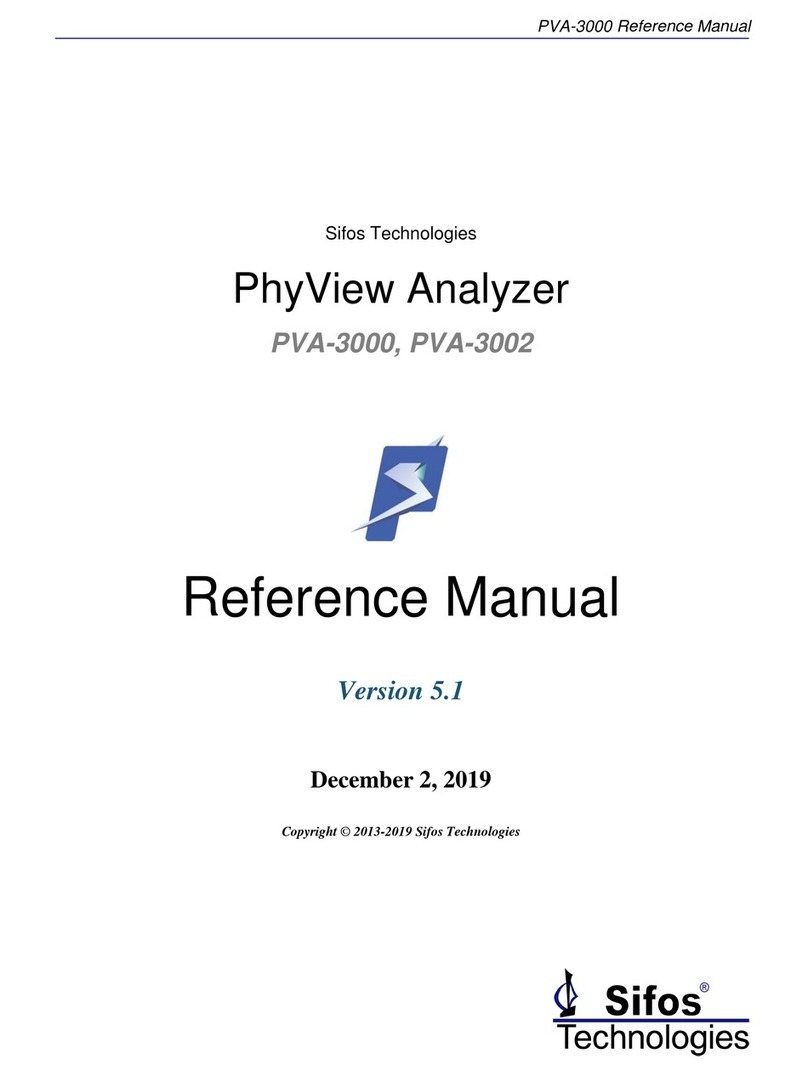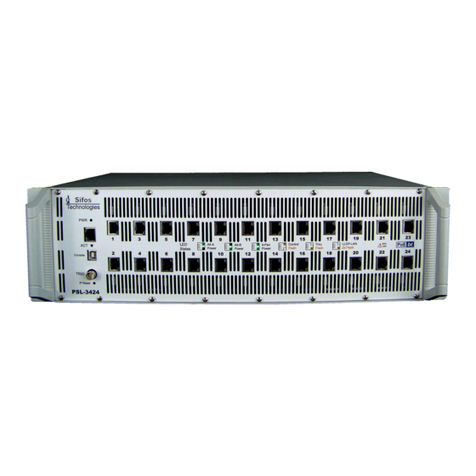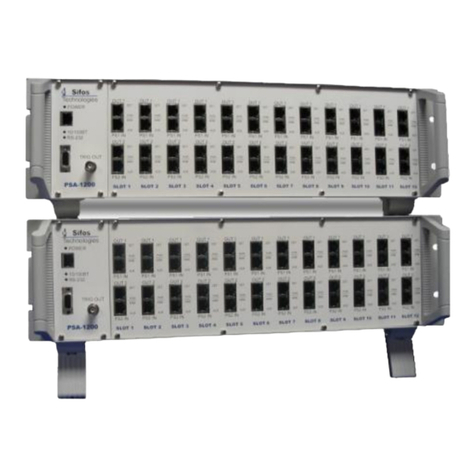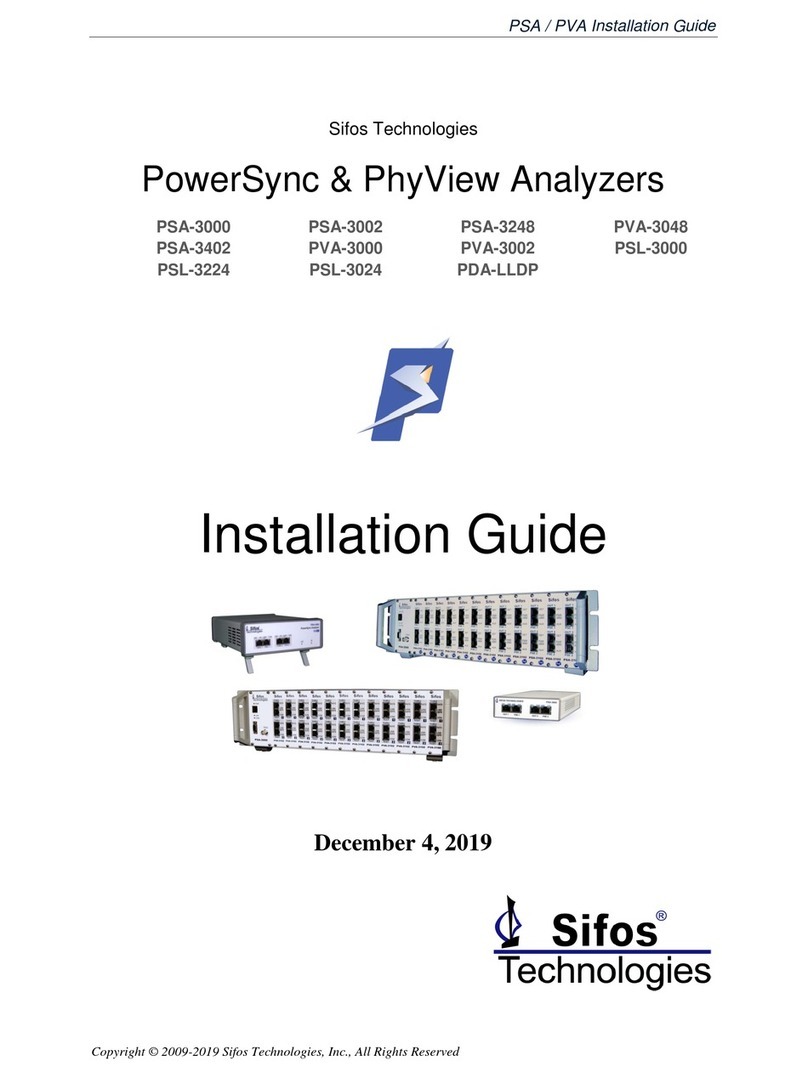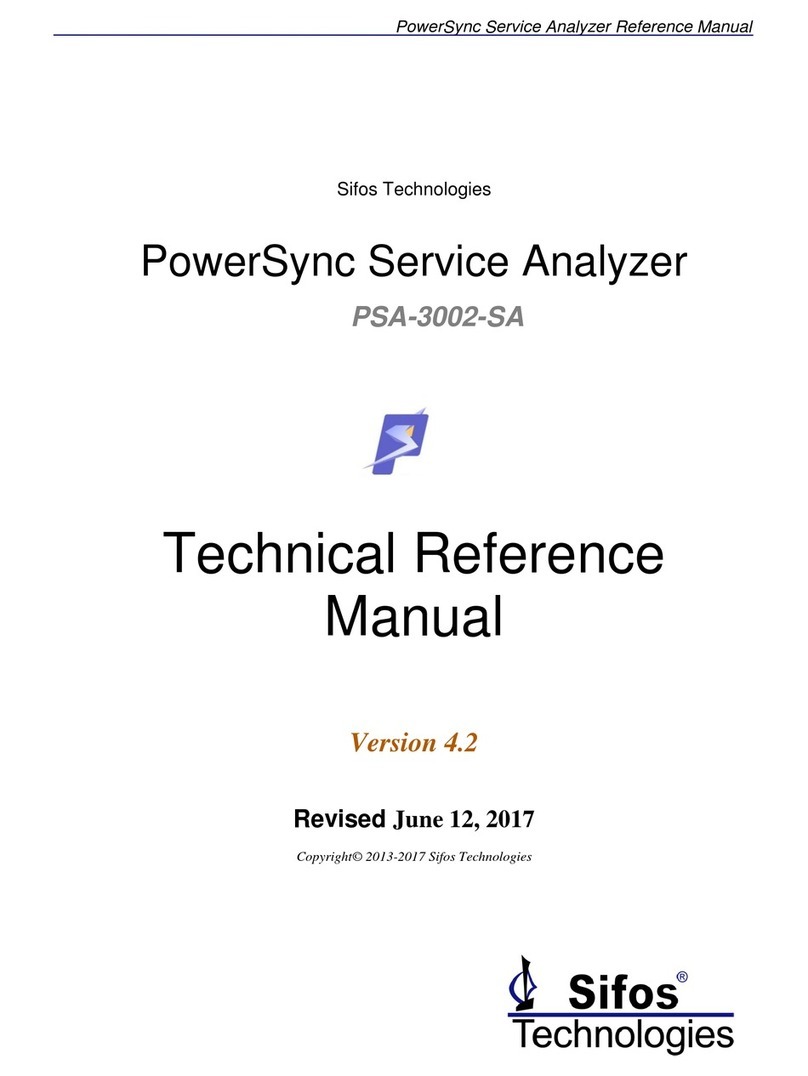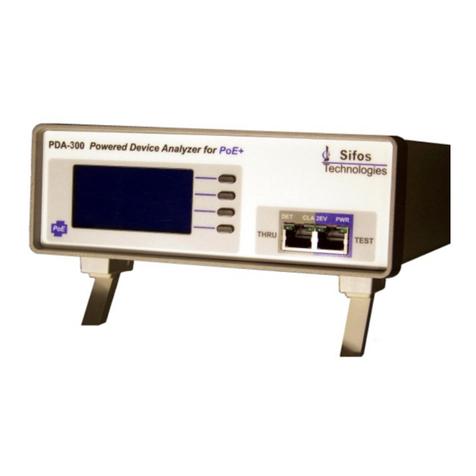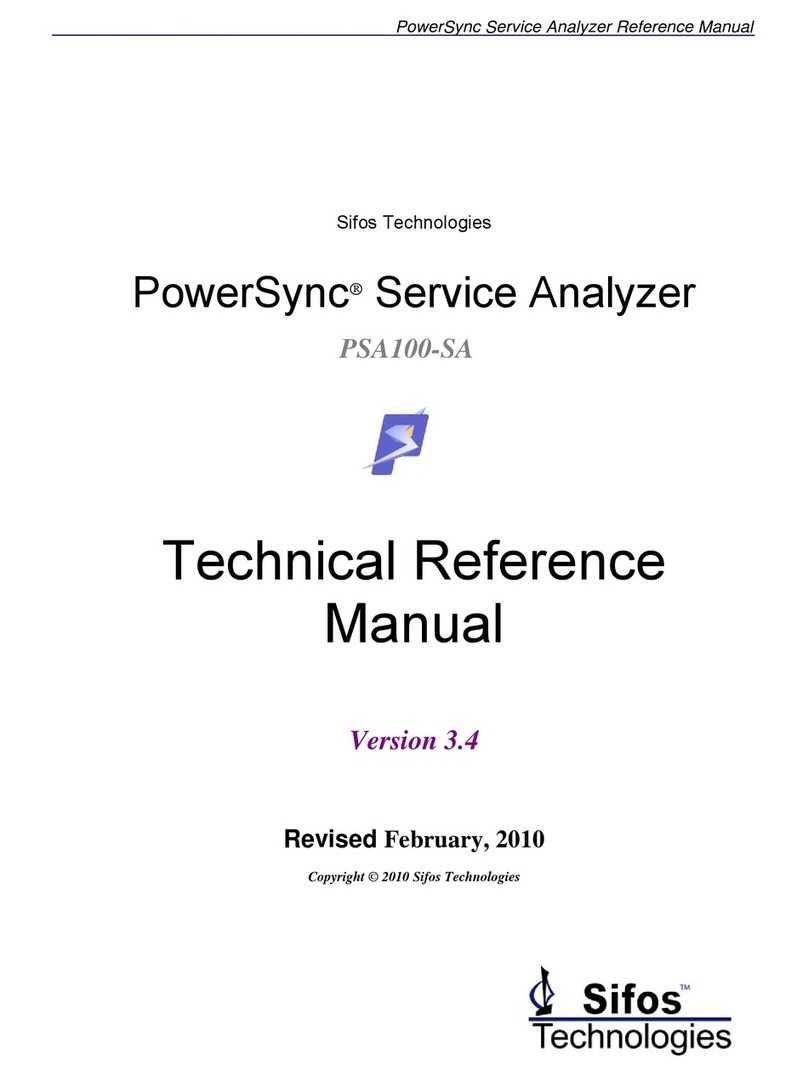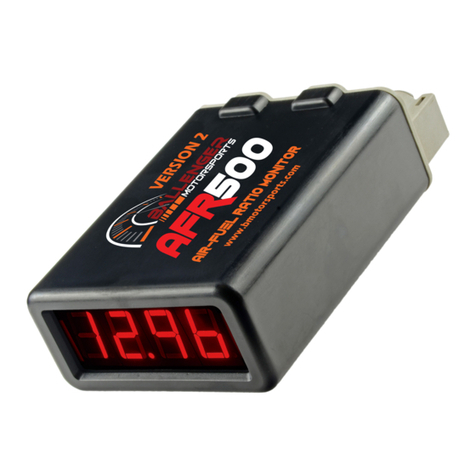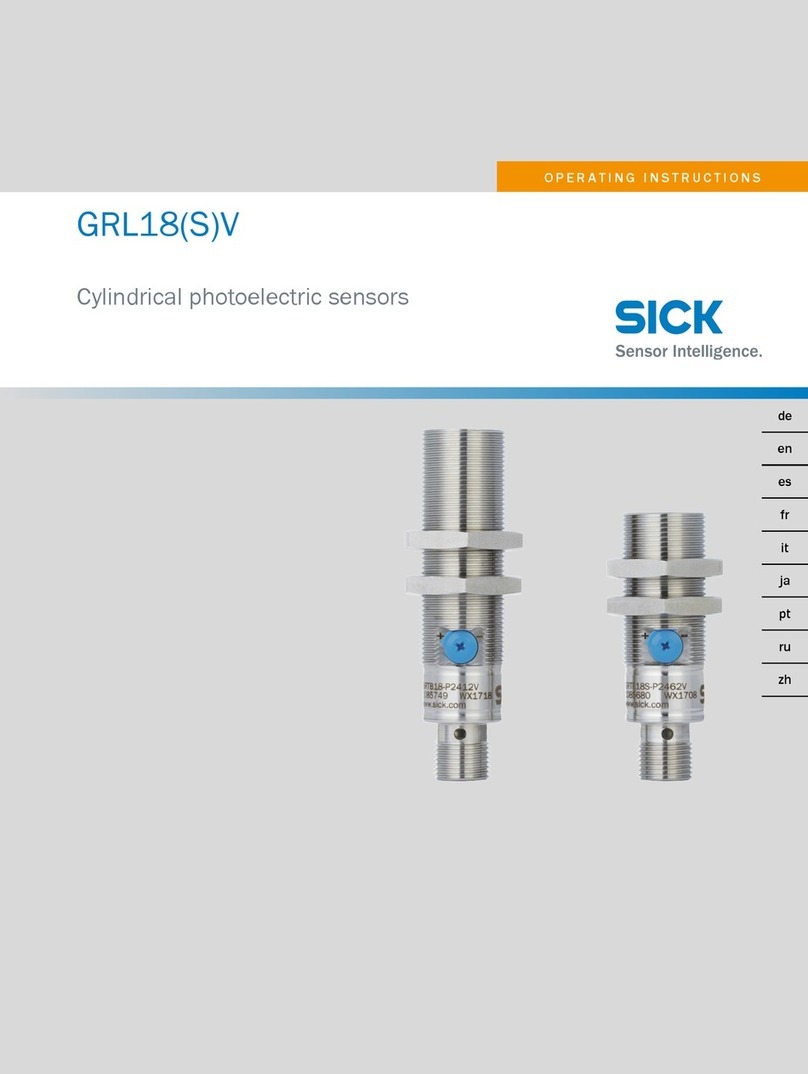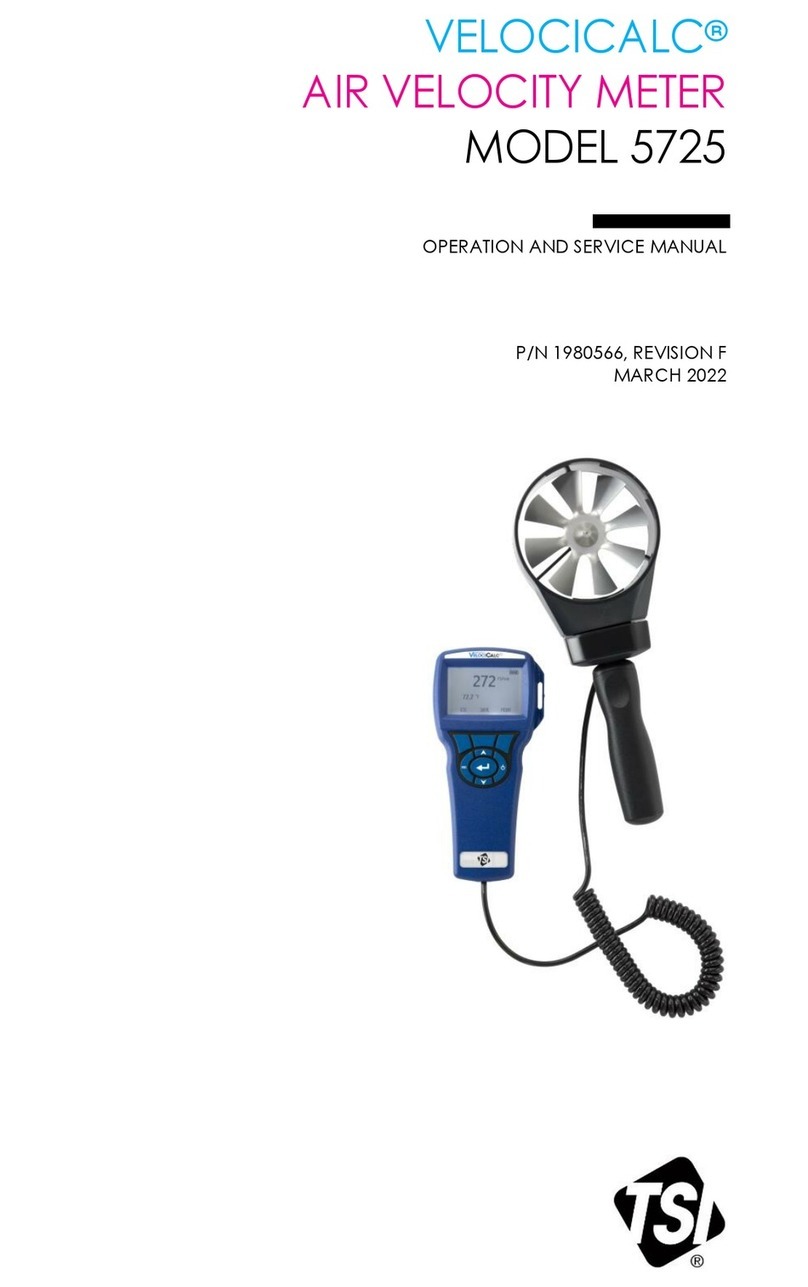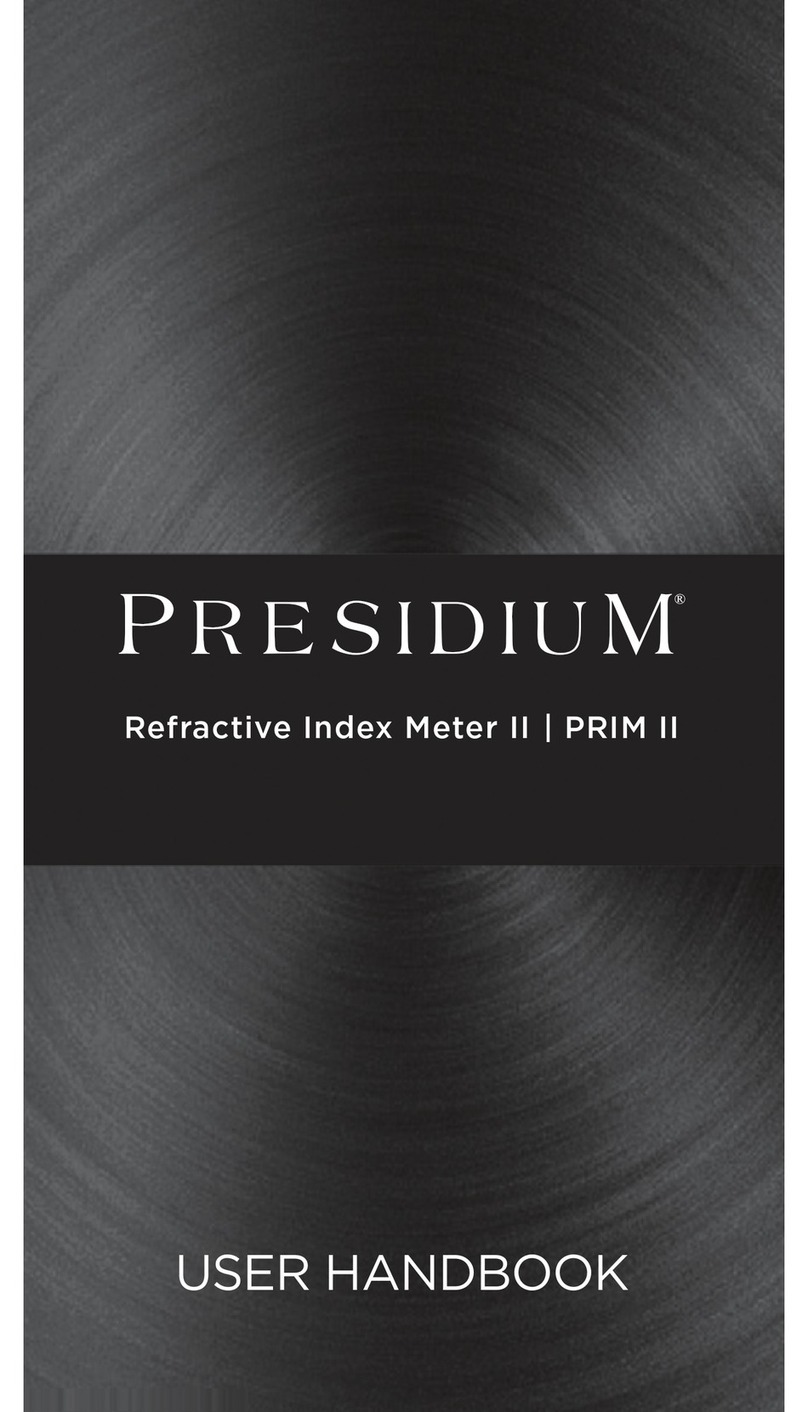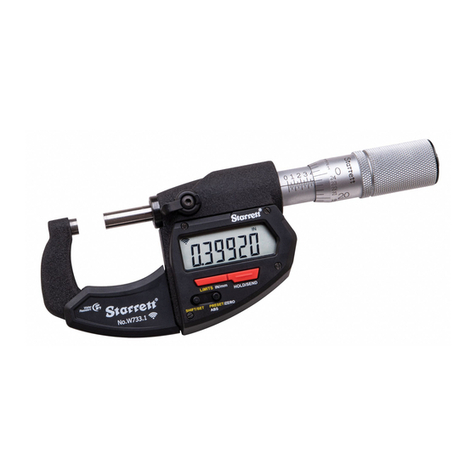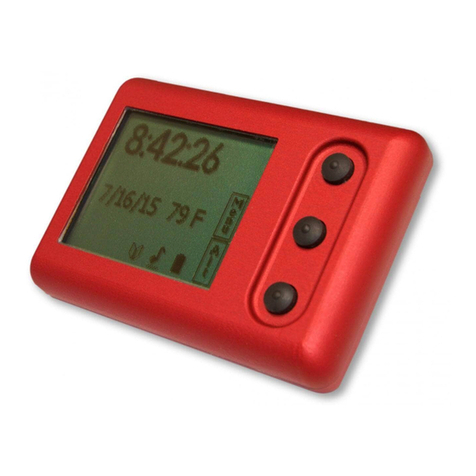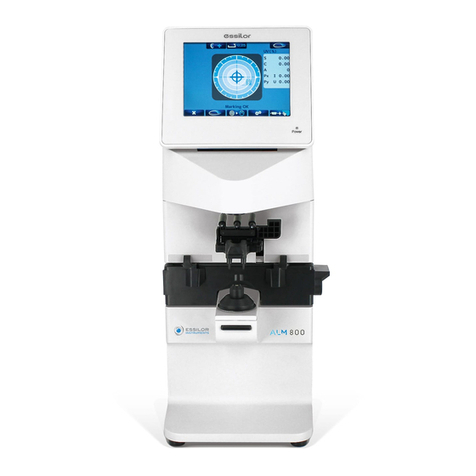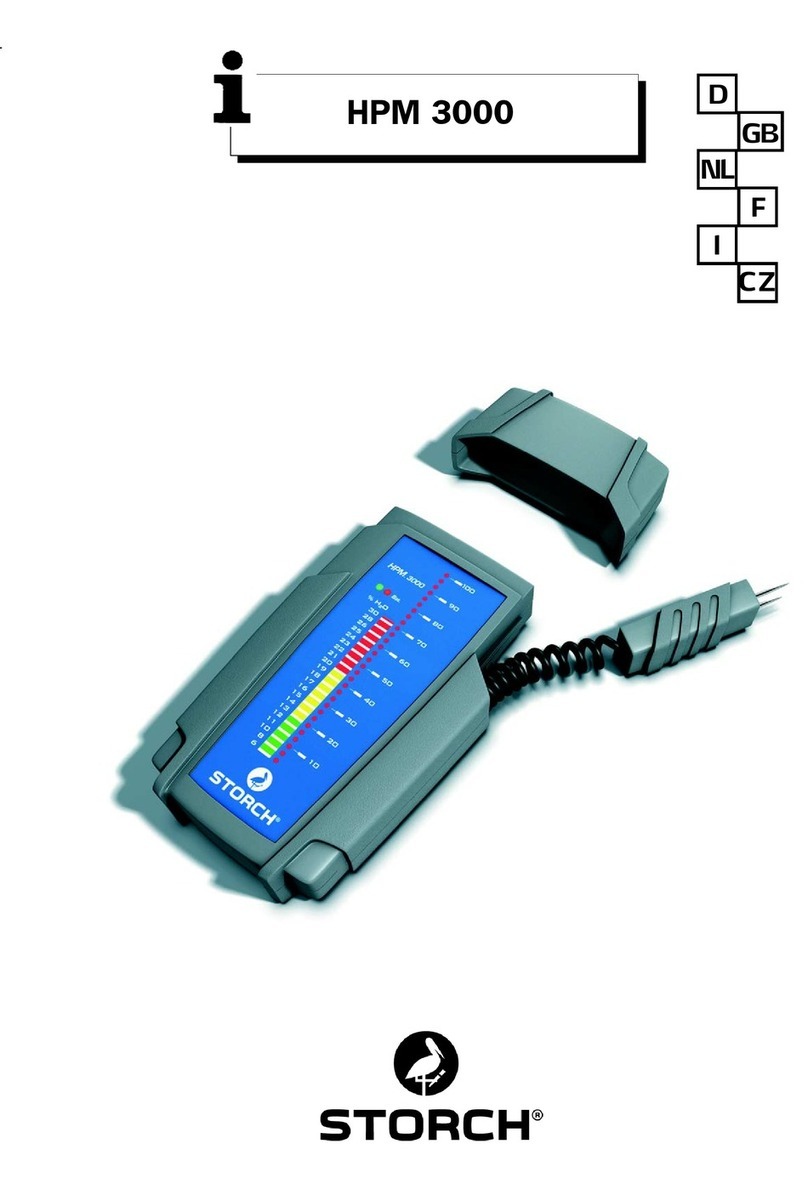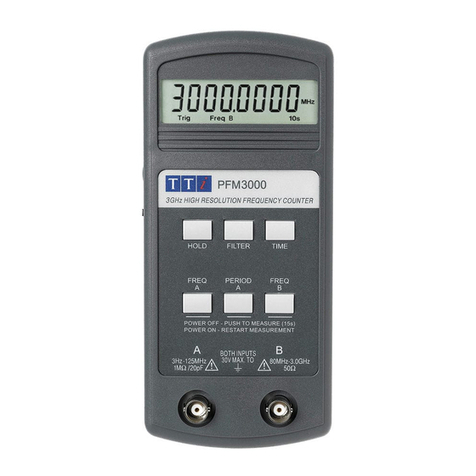
PDA-300 API Library Reference Manual
October 4, 2012 Sifos Technologies page
Table of Contents
1. Introduction..................................................................................................................................... 5
1.1. PDA-300 API Library Introduction................................................................................................................................5
1.2. System Requirements ..................................................................................................................................................5
1.3. Installation.....................................................................................................................................................................6
1.4. Reference Manual Organization...................................................................................................................................6
2. PDA-300 API Function Definitions................................................................................................ 7
2.1. Calling Convention.......................................................................................................................................................7
2.2. Error Handling...............................................................................................................................................................8
2.3. Enumerations................................................................................................................................................................9
2.4. Functions ....................................................................................................................................................................10
2.4.1. pda300_Connect...................................................................................................................................................10
2.4.2. pda300_Disconnect..............................................................................................................................................11
2.4.3. pda300_GetVersion .............................................................................................................................................11
2.4.4. pda300_GetHardwareVer ....................................................................................................................................11
2.4.5. pda300_SetAlt......................................................................................................................................................12
2.4.6. pda300_GetAlt.....................................................................................................................................................12
2.4.7. pda300_SetMdi....................................................................................................................................................13
2.4.8. pda300_GetMdi ...................................................................................................................................................13
2.4.9. pda300_SetEvents................................................................................................................................................14
2.4.10. pda300_GetEvents ...............................................................................................................................................14
2.4.11. pda300_SetVportLevel ........................................................................................................................................15
2.4.12. pda300_GetVportLevel........................................................................................................................................15
2.4.13. pda300_MeasRdet................................................................................................................................................16
2.4.14. pda300_MeasCdet................................................................................................................................................17
2.4.15. pda300_MeasClass...............................................................................................................................................18
2.4.16. pda300_SetVportState..........................................................................................................................................19
2.4.17. pda300_GetVportState.........................................................................................................................................19
2.4.18. pda300_AdjustVportLevel...................................................................................................................................20
2.4.19. pda300_MeasPowerDraw ....................................................................................................................................21
2.4.20. pda300_StartTraceCapture...................................................................................................................................22
2.4.21. pda300_StopTraceCapture...................................................................................................................................23
2.4.22. pda300_Run802dot3ATtest .................................................................................................................................24
2.4.23. pda300_GetErrMessage.......................................................................................................................................25
2.4.24. pda300_SetDebugPath.........................................................................................................................................26
2.4.25. pda300_DebugFileWrite......................................................................................................................................27
2.4.26. pda300_SetTimeouts............................................................................................................................................27
3. PDA-300 API Library Definitions for Other Languages............................................................ 28
3.1. Visual Basic 6..............................................................................................................................................................28
3.1.1. Type Differences..................................................................................................................................................28
3.1.2. Enumerations .......................................................................................................................................................28
3.1.3. Service Functions.................................................................................................................................................28
3.1.4. VB6 Compatible Declarations .............................................................................................................................28
3.2. Visual Basic .NET........................................................................................................................................................30
3.2.1. Type Differences..................................................................................................................................................30
3.2.2. Enumerations .......................................................................................................................................................30
3.2.3. Service Functions.................................................................................................................................................30
3.2.4. VB .NET Compatible Declarations......................................................................................................................30
3.3. LabView.......................................................................................................................................................................31




















